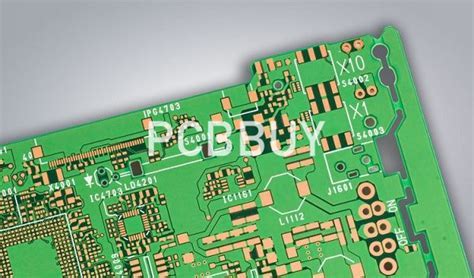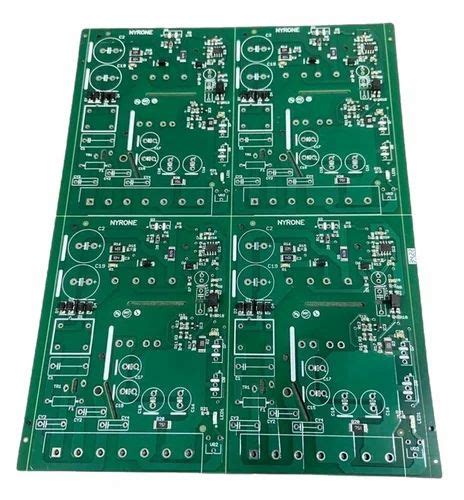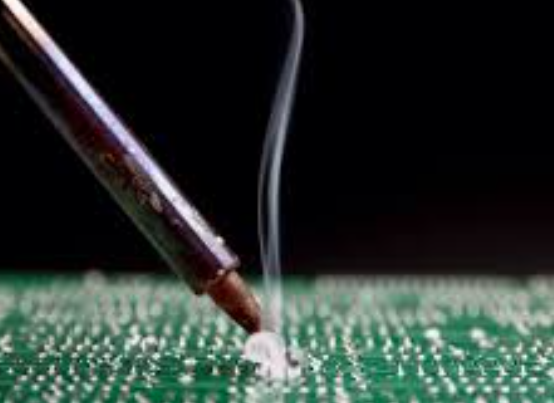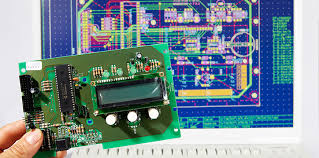Critical Factors for Successful Fine Pitch PCB Assembly
“Master precision in fine pitch PCB assembly with expert insights on component placement, soldering techniques, and thermal management for high-density electronics reliability.”
aluminum clad pcb

“Master precision in fine pitch PCB assembly with expert insights on component placement, soldering techniques, and thermal management for high-density electronics reliability.”

“Expert PCB fabrication services for rapid prototyping. Get instant online quotes, 24-hour build times, and custom solutions. Prices start at $2/5pcs. 24/5 support & secure USD payments. Upload Gerber files for seamless production.”

“Optimize PCB fabrication quotes with instant FR4/HDI/Flex estimates. Compare real-time pricing, manage layer specs, and accelerate orders via automated calculation tools. (238 chars)”

“Boost efficiency in scalable electronic assembly with optimized contract manufacturing. Explore strategies for supply chain integration, quality control, and emerging technologies to reduce costs while accelerating production timelines.”

“Explore cutting-edge techniques optimizing PCB assembly and printing processes. Discover advanced methods enhancing manufacturing efficiency, component reliability, and precision through AI-driven inspection and thermal management innovations.”

Introduction Printed Circuit Boards (PCBs) form the backbone of modern electronics, found in everything from smartphones to industrial machinery. A short circuit (or “short”) in a PCB occurs when an unintended low-resistance connection forms between two points in a circuit that should not be connected, causing current to flow along an undesired path. PCB shorts…

Introduction Printed Circuit Boards (PCBs) are the fundamental building blocks of modern electronics, found in everything from smartphones to industrial machinery. As electronic devices become more complex and miniaturized, PCB quality has never been more critical. Poor PCB quality can lead to device failures, reduced product lifespan, safety hazards, and significant financial losses for manufacturers….

Introduction Printed Circuit Boards (PCBs) are the backbone of modern electronics, serving as the foundation for nearly all electronic devices, from smartphones and computers to medical equipment and aerospace systems. Over the decades, PCB technology has evolved significantly, driven by the demand for higher performance, miniaturization, and energy efficiency. As we move further into the…

Abstract Printed Circuit Board (PCB) warpage is a common issue in electronics manufacturing that can lead to significant production challenges and reliability concerns. This comprehensive article explores the root causes of PCB warpage, precise measurement techniques, and proven repair methods. By understanding the material science behind warpage and implementing appropriate corrective measures, manufacturers can improve…

Abstract Selective soldering is an advanced soldering technique used in printed circuit board (PCB) assembly to precisely solder specific components without affecting surrounding areas. This process is particularly useful for mixed-technology PCBs containing both surface-mount devices (SMDs) and through-hole components (THCs). This paper explores the principles, methods, equipment, advantages, and challenges of selective soldering, along…

Introduction Printed Circuit Board (PCB) trace resistance calculation is a fundamental skill for electronics designers and engineers. Understanding how to accurately determine the resistance of copper traces on a PCB is essential for proper power distribution, signal integrity analysis, and thermal management. This article provides a detailed examination of the methods and considerations involved in…

Introduction Flexible printed circuit boards (FPCBs) have become an essential component in modern electronics due to their lightweight, bendability, and ability to fit into compact spaces. Applications range from consumer electronics (smartphones, wearables) to medical devices, automotive systems, and aerospace technology. However, designing flexible circuits presents unique challenges compared to rigid PCBs. This article explores…

Introduction Printed Circuit Board (PCB) design is a critical step in electronics development. A well-designed PCB ensures functionality, reliability, and manufacturability. However, poor design choices can lead to circuit failures, increased costs, and production delays. Before drawing a PCB, engineers and designers must consider several key factors, including schematic accuracy, component placement, signal integrity, power…

Abstract Poor solder wetting, commonly referred to as “non-wetting” or “dewetting,” is a critical defect in soldering processes that significantly impacts the reliability of electronic assemblies. This paper explores the underlying failure mechanisms contributing to poor solder wetting, including surface contamination, oxidation, intermetallic compound (IMC) formation, flux inefficiency, and thermal profile mismanagement. By analyzing these…

Introduction When you open up any electronic device—from smartphones to laptops to industrial machinery—you’ll likely notice that most printed circuit boards (PCBs) share a common characteristic: they’re green. This distinctive color has become so ubiquitous that we rarely stop to question why PCBs are green or how this convention came to be. The green color…